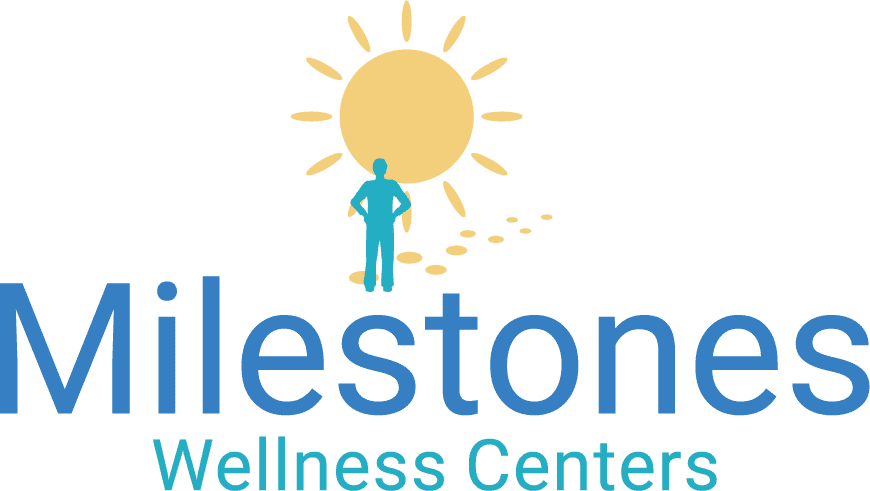
Suboxone Treatment FAQ
Many people battling opioid addiction feel trapped by overwhelming cravings and painful withdrawal symptoms every time they try to quit.
Suboxone offers a lifeline. This medication-assisted treatment helps ease withdrawal’s torment so people can focus energy on building healthy lifestyles in recovery. Suboxone, combined with counseling and social support, provides a comprehensive approach to overcoming opioid dependence. Explore the following Suboxone treatment FAQs.
What Exactly is Suboxone?
Suboxone contains two medications – buprenorphine and naloxone. Buprenorphine, an opioid partial agonist, helps reduce cravings and withdrawal symptoms. The naloxone component which is a safeguard against any relapses by blocking the effects of opioids. Appropriately taken as directed, the medications work together to stabilize patients in recovery.
How Does Suboxone Treatment Help Fight Addiction?
Suboxone relieves withdrawal’s crushing physical and psychological symptoms. This grants clearer minds to fully participate in therapy addressing addiction’s core drivers without preoccupation with using just to feel normal. Suboxone helps change ingrained addictive thought patterns over time. Maintaining focus fosters healthy coping abilities and lifestyle balance vital for sustained recovery.
What Should I Expect When Starting Suboxone Treatment?
The beginning of Suboxone treatment ensures patient comfort while adjusting medication levels. After initial dosage determination, most patients settle into a steady maintenance phase, meeting with a doctor at least monthly. Regular compliance checks happen through counseling or care coordinators and random drug testing. Treatment objectives focus on regained health, improved relationships, and incorporating new skills and practices into daily living.
How Long Does Suboxone Treatment Normally Last?
Your needs shape the treatment duration. Many patients find a year of Suboxone treatment helps solidify recovery. Longer medication maintenance, ranging from months to years, prevents relapse in high-risk cases. The ultimate treatment goal is confident recovery stability without medication assistance. Timing for ending Suboxone follows medical guidance to avoid complications.
What Side Effects Are Possible with Suboxone?
Suboxone often causes mild side effects initially that subside within days after beginning treatment. Possible temporary symptoms include headaches, excessive sweating, constipation, and insomnia. Seeking dosage adjustments or trying supplementary medications typically relieves discomfort. Less than five percent of patients experience persistent issues requiring changing medications.
How Does Counseling Work with Suboxone Treatment?
Medically managed Suboxone treatment works hand in hand with different counseling approaches. Cognitive behavioral therapy builds skills in resisting unhealthy impulses and behavior patterns. Support groups provide community bonding with fellow individuals in recovery. Family counseling mends damaged relationships from active addiction. Comprehensive support empowers lifestyle transformation.
What Results Should I Expect from Suboxone Treatment?
Integrated medication, therapy, and ongoing support foster freedom from addiction’s chaos when following providers’ guidance. Patients gain regained health, repaired relationships, educational/career progress, and brighter life outlooks. Embracing lifestyle balance and healthy new coping abilities creates confident, self-sufficient recovery able to be maintained long-term without Suboxone.
How does taking Suboxone feel different than using opioids?
Suboxone only partially activates opioid receptors, so euphoric highs are not possible. Patients focusing on recovery find freedom from substance cravings and withdrawal.
Can Suboxone be misused?
While misusing Suboxone is possible in theory, its opioid-blocking element discourages this. Attempts to override naloxone by injecting large crushed doses pose serious health risks without getting high.
Can Suboxone be used long-term if needed?
While the goal is building independent recovery skills and not requiring medication, providers authorize Suboxone continuation for however long each patient needs. No universal limits or cutoffs exist.
Is precipitated withdrawal a significant concern for beginning Suboxone treatment?
If opioids remain actively bound when starting Suboxone, a severe precipitated withdrawal is possible. Clinicians carefully assess readiness, likely requiring supervised brief detoxification before induction, minimizing this risk.
What happens if I relapse while taking Suboxone?
Honesty about slips prevents potential harm. Adjustments often address triggers needing more support. Relapses signal open discussions about added recovery tools, not failure.
If you have inquiries about our suboxone treatment, don’t hesitate to contact us today.
Online Opiate Addiction Treament
Online Suboxone Treatment
Suboxone is a prescription medication used to treat opiate use disorder. It is a combination of two drugs, buprenorphine and naloxone, and works by reducing cravings and withdrawal symptoms.
Learn MoreTelehealth Services
When an in-person visit is not necessary, a virtual visit is a great substitute. The telemedicine services at Milestones Wellness Centers provide patients with a variety of benefits.
Learn MoreOpioid Addiction Counseling Services
We provide a new way of thinking with Individual, Group, and Family counseling services throughout your journey of sobriety.
Learn More

